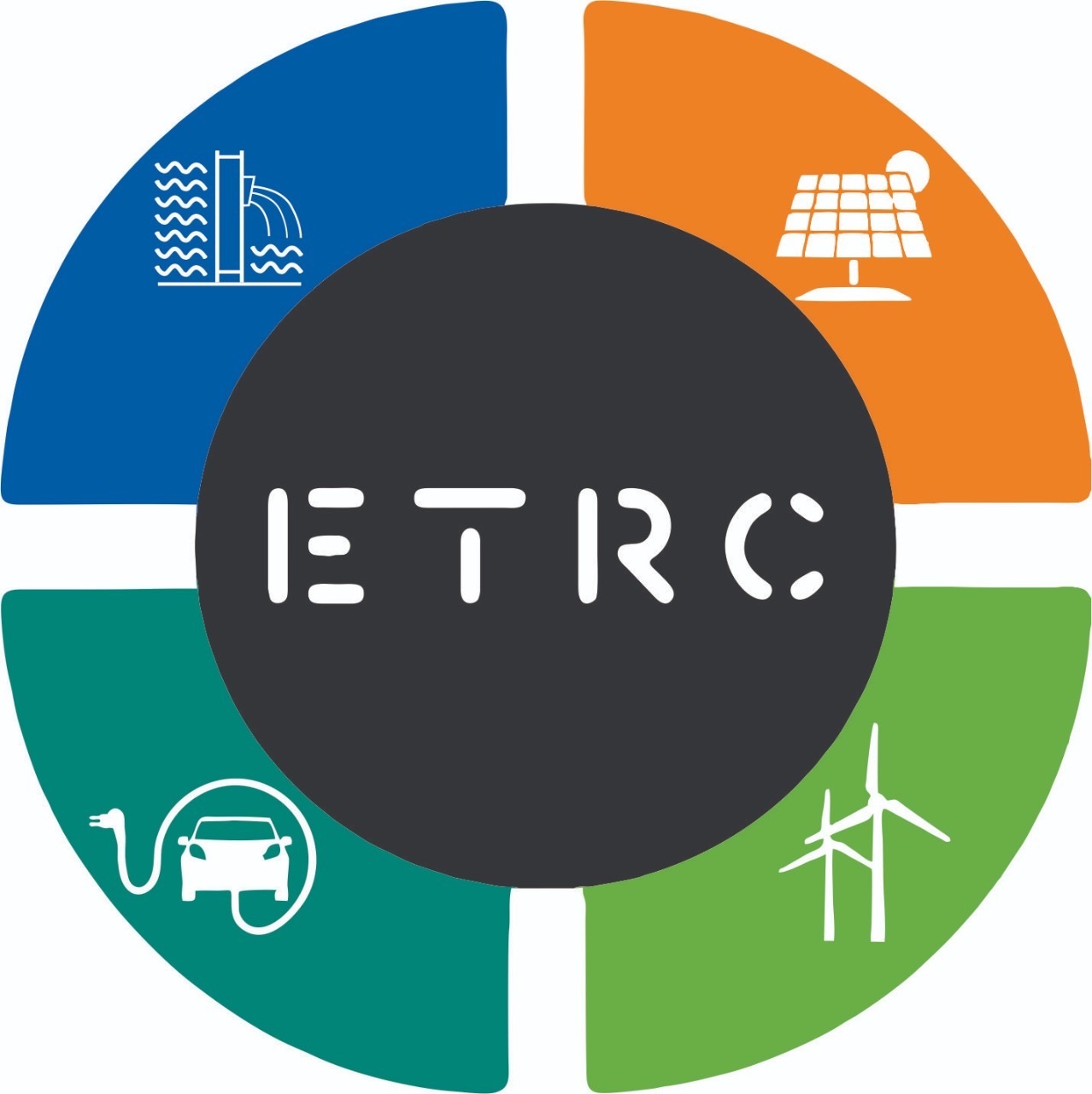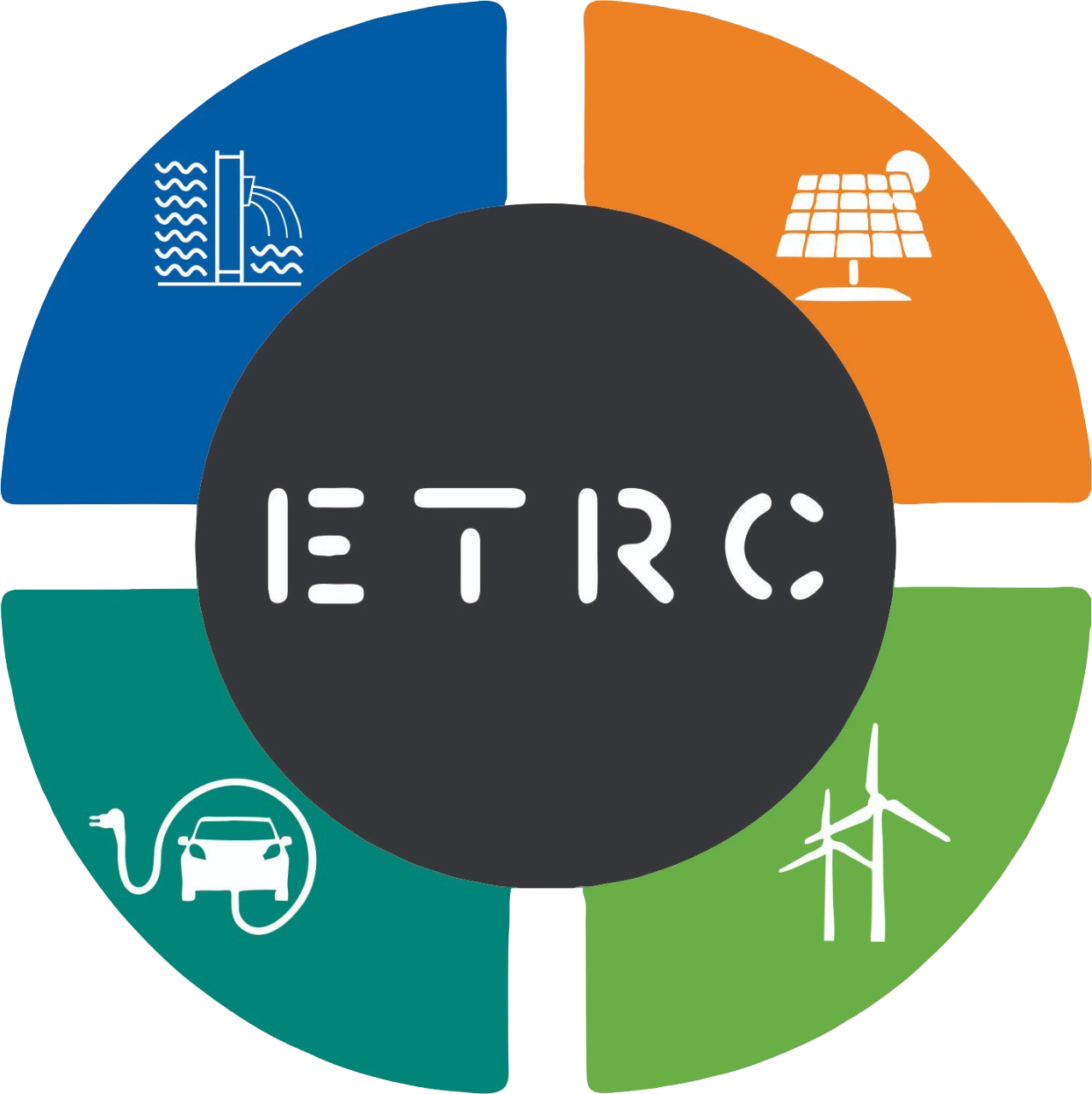The IMF Governance Structure begins with the IMF Governing Board which sets direction and policies. Its members are the finance ministers itrader review or central bank leaders of the member countries. These committees review the international monetary system and make recommendations.
The IMF will also appraise a country’s financial sector and regulatory policies, as well as structural policies within the macroeconomy that relate to the labor market and employment. After being ratified by 29 of the 44 countries in attendance, the Bretton Woods Articles of Agreement entered into force on December 27, 1945. The following year, the fund’s board of governors convened in the United States in Savannah, Georgia, to adopt bylaws and to elect the IMF’s first executive board of directors. The governors voted to locate the fund’s permanent headquarters in Washington, D.C., where its 12 original executive directors met for the axitrader review first time in May 1946.
- On March 28, 2020, the United Kingdom pledged 150 million pounds ($183 million) to the IMF catastrophe relief fund.
- The IMF is headed by a board of governors, each of whom represents one of the organization’s approximately 180 member states.
- Twenty-five of the governors serve on the International Monetary and Financial Committee, or IMFC, which advises the IMF’s Executive Board.
- In return for the IMF’s help, a country is usually required to embark on an IMF-monitored economic reform program, otherwise known as Structural Adjustment Programs (SAPs).
Providing loans and concessional financial assistance to member countries experiencing actual or potential balance-of-payments problems is a core responsibility of the IMF. Most monetary bases are controlled by one national institution, usually a country’s central bank. This body can usually change the monetary base through open market operations or monetary policies. This can be accomplished by implementing expansionary or contractionary policies.
Exceptional Access Framework – sovereign debt
At this critical juncture, countries should work constructively to promote a stable and predictable trade environment and to facilitate international cooperation, while addressing policy gaps and structural imbalances at home. To stimulate growth and ease fiscal pressures, policies that promote healthy aging and enhance labor force participation among older individuals and women could be implemented, as discussed in Chapter 2. Additionally, productivity growth can be fostered with better integration of migrants and refugees and mitigation of skill mismatches, as detailed in Chapter 3. It is important for investors to be aware of monetary policy in their country as well as major economies like the US, as the policy that affects economic growth has an influence on company share prices. Interest rates also affect the value of currencies, as higher interest rates encourage flows of money into an economy from abroad, while lower interest rates make it less attractive. To achieve these goals, the IMF focuses and advises on the macroeconomic policies of a country, which impacts its exchange rate, governmental budget, money, and credit management.
- The fund gives loans to member countries that are struggling with economic problems.
- The governors decided to locate the organization’s permanent headquarters in Washington, D.C., where its 12 original executive directors first met in May 1946.
- IMF loans are made conditionally based on a set of policies that the IMF requires in exchange for financial assistance.
- Furthermore, the IMF’s efforts to promote monetary cooperation and secure financial stability benefit the global economy by facilitating smooth international trade and investment flows.
Decisions on lending are based on a comprehensive analysis of the country’s economic situation and its ability to repay the IMF, as well as the willingness of the country’s government to implement recommended policy reforms. Quotas are reviewed every five years and are based on each country’s wealth and economic performance—the richer the country, the larger its quota. The quotas form a pool of loanable funds and determine how much money each member can borrow and how much voting power it will have. For example, the United States’ approximately $83 billion contribution is the most of any IMF member, accounting for approximately 17 percent of total quotas.
Forecasts for global growth have been revised markedly down compared with the January 2025 World Economic Outlook (WEO) Update, reflecting effective tariff rates at levels not seen in a century and a highly unpredictable environment. Global headline inflation is expected to decline at a slightly slower pace than what was expected in January. The value of SDRs lies in the fact that member states commit to honor their obligations to use and accept SDRs. Each member country is assigned a certain amount of SDRs based on how much the country contributes to the IMF (which is based on the size of the country’s economy). However, the need for SDRs lessened when major economies dropped the fixed exchange rate and opted for floating rates instead. The quota in turn determines the weight each country has within the IMF—and hence its voting rights—as well as how much financing it can receive from the IMF.
The fund’s board of governors convened the following year in Savannah, Georgia, U.S., to adopt bylaws and to elect the IMF’s first executive directors. The governors decided to locate the organization’s permanent headquarters in Washington, D.C., where its 12 original executive directors first met in May 1946. At the top of the organizational structure is the Board of Governors, consisting of one governor and one alternate governor from each member country, usually the top officials from the central bank or finance ministry. The Board of Governors meets once a year at the IMF–World Bank Annual Meetings. Twenty-five of the governors serve on the International Monetary and Financial Committee, or IMFC, which advises the IMF’s Executive Board.
The role of the IMF has increased since the onset of the 2008 global financial crisis. The World Bank lends money to developing countries for specific projects that will fight poverty. Unlike the World Bank and other development agencies, the IMF does not finance projects.
How does the IMF decide which countries to lend to?
Reforms to give more power to emerging economies were agreed to at the G20 summit in 2010. However, the reforms could not pass until they were ratified by the United States Congress since 85% of the Fund’s voting power was required for the reforms to take effect, and the U.S. held more than 16% of the voting power at the time. After repeated criticism, the United States finally ratified the voting reforms at the end of 2015. Even with these reforms, the United States retained its IMF voting share at over 16%. Deflation, as the opposite of inflation, occurs when the price levels in an economic decline, where people prefer to hoard cash instead of spending it on goods that will be cheaper in the future.
Image Credit
The SDR is not a currency; it is a unit of account by which member states can exchange with one another in order to settle international accounts. The grants are meant to foster economic independence through education and economic development. The International Monetary Fund is a 189-member organization that works to stabilize the global economy. Kimberly Amadeo has 20 years of experience in economic analysis and business strategy.
IMF reports and publications by country
On March 28, 2020, the United Kingdom pledged 150 million pounds ($183 million) to the IMF catastrophe relief fund. One day earlier, the IMF had announced that “more than 80 poor and middle-income countries” had sought bailouts to deal with coronavirus. While in late 2019, the IMF had estimated the global growth to reach 3.4%, in 2020, it issued a far more pessimistic prediction that due to the onset of the coronavirus pandemic in November 2020, the global economy would shrink by 4.4%. At the end of March 2014, the IMF secured an $18 billion bailout fund for the provisional government of Ukraine in the aftermath of the country’s Revolution of Dignity.
Let’s suppose that Country Z has 600 million units of currency circulating in the public and its central bank has 10 billion currency units in reserve as part of deposits from many commercial banks. After enduring a prolonged and unprecedented series of shocks, the global economy appeared to have stabilized, with steady yet underwhelming growth rates. However, the landscape has changed as governments around the world reorder policy priorities and uncertainties have climbed to new highs.
Quickonomics provides free access to education on economic topics to everyone around the world. Our mission is to empower people to make better decisions for their personal success and the benefit of society. In response to such criticisms, the IMF has adapted its approach over time, placing greater emphasis on social protection, inclusive growth, and understanding the unique cultural and political landscapes of the countries it assists.
Twenty-five percent of each country’s quota is paid in the form of special drawing rights (SDRs), which are a claim on the freely usable currencies of IMF members. The multinational think tank Foreign Policy in Focus, for example, blamed what it called a “recurring pattern” in IMF agricultural market policy. In addition, he describes many of the fund’s loan conditions and technical advice as out of touch with ground-level realities. The IMF has been called the world’s “financial crisis firefighter,” relied on by member countries to deal with crippling sovereign debt and prevent contagion from spreading through the global financial system. A formal system of review monitors the global economic and financial system as well as its bitbuy review member countries, and offers macroeconomic and financial policy advice. This breakdown in international monetary cooperation created a need for oversight.


